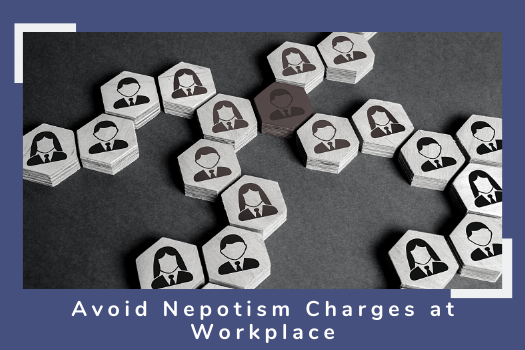New Hire Orientation - First Step towards Walking the Talk
Employee Engagement, Employee Relations, Rewards and Recognition
Induction, or new hire orientation, is defined as the process when a new employee is being introduced to his/her new company’s vision, mission, policies, environment, and culture. The orientation process lays the groundwork to seep into their new role and ensures effective integration of an employee into his/her new firm. For many employees, the induction process is the time to bond with peers as well as to gauge if he/she made the right decision in joining the company.
An engaging and informative induction leads to employee satisfaction, thereby eliminating the germination of thoughts of ‘quitting’ the company while on probation. As is the case with any other organized company-wide meeting, the obligation to handle the induction process falls under the purview of the Human Resource department.
Being an HR manager, I believe that the idea is to make certain that the orientation process holds maximum attention and the minimum snooze factor. An employee at a multi-national firm recounts his experience:
“My experience with the induction process at a huge multi-national firm was not an enriching experience. In fact, it was a snooze fest. The speakers explained the company culture and ethics in a monotonous tone. It was not interspersed with humour nor was laced with anecdotes. It seemed more like the speakers were brainstorming with themselves and were pedantic. They did not allow a smooth discussion to ensue between the participants. Felt more like a classroom!”
The essence of any orientation or induction process is to allow the employees to feel that their opinions, as well as their services, are essential for the organization to grow.
While handling recruitment, I have experienced the stress when new hires leave the organization. Since the induction process is an integrated part of the responsibilities of the HR team, we cannot shy away from fulfilling it either. Many HR personnel says that while induction process is a ‘fun-time’ for new hires, for the HR team to create that ‘fun’ is truly taxing. It is not easy to engage and entertain a bunch of grown-ups. Executing a consistent plan helps HR create a systematic induction process which yields positive results.
Let’s take an example of an organization where I worked in the HR team. The Corporation experienced the following after a significant number of new hires left the organization:
I also faced difficulties in getting new hires due to the company’s negative standing in the job market and in Google reviews. Prospective employees did not want to join because the company’s reputation preceded the interview.
My team and I began to realize the need to create a positive and consistent experience for new recruits, which would help integrate them as soon as possible. We charted out new goals that needed to be accomplished. The goals that we set out were:
We realized that many of the problems arise due to inconsistent parameters followed in the induction process. We developed a plan so that new hires:
A year after the plan was put into action, it was determined a success. New hires were happy with the induction process. They felt comfortable and were able to integrate smoothly into the organization. One of the feedbacks we received mentioned that new hires easily connected with peers and no longer felt alienated from each other. One of the steps we took was to enable a mentoring process by allowing a new employee shadow a current employee; this approach helped the new employee get acquainted with the company’s mission and vision as well as other employees.
According to another new hire, “Everyone was so helpful in the induction process that I was immediately making progress and felt part of the organization.”
Existing employees also noticed a difference with the new hires being more productive and easily adjusted. New hires were able to navigate through various internal processes and procedures with ease. This meant that they felt comfortable with the organization and were rarely clueless regarding office procedures. Existing employees also did not have to babysit the new employees. New hires were independent, self-sufficient and were proactively contributing to the organic growth of the company in a short period of time. Even the managerial staff noted that with the formal, organized induction process in place, new hires were feeling comfortable right away. A proper, systematic induction process benefits everyone in the organization, vouch for HR experts.
Induction process must be considered as an investment in the future of an organization. The money spent is returned many folds in the form of productive and committed employees. The money saved on selection, recruitment and training costs are much more than the money spent on induction. In short, the induction process is a high-return investment that every company should make toward successful, long-term business associations with their employees.






